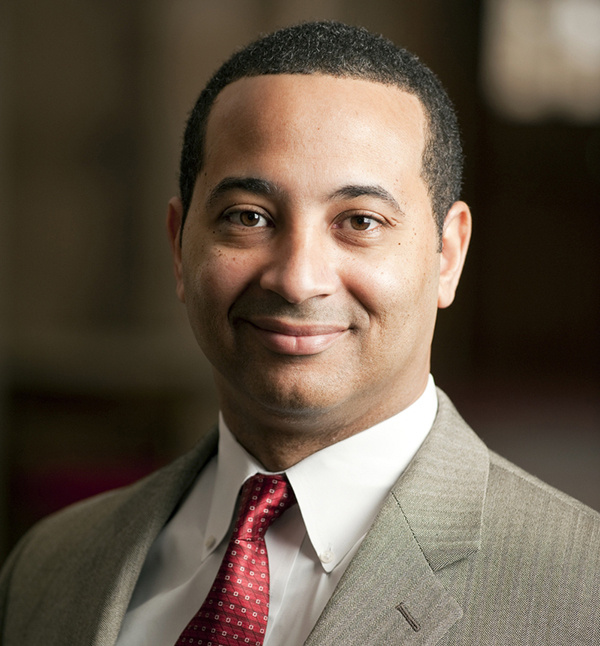WATERVILLE — The question of how much influence wealthy philanthropists should have in the policy decisions of their donor organizations could hardly feel more timely as Congress enters a second week of confirmation hearings for President-elect Donald Trump’s cabinet picks, among them some of the most generous donors to his presidential campaign.
Six of Trump’s would-be cabinet members donated nearly $12 million to the Trump campaign, according to an analysis by The Washington Post. Betsy DeVos, Trump’s pick for secretary of education, and her family donated $1.8 million to the Republican party and Trump’s campaign this election cycle, though some estimates put her family’s total contributions to the party in the vicinity of $200 million.
In a pointed exchange during her confirmation hearing on Tuesday, Vermont Senator Bernie Sanders addressed the issue of DeVos’ contributions directly. “My question is, and I don’t mean to be rude,” Sanders began, “Do you think, if you were not a multi-billionaire, if your family had not made hundreds of millions of dollars in contributions to the Republican Party, that you would be sitting here today?”
It was against this contentious national backdrop that Colby College’s Center for Small Town Jewish Life held the second of its three-part series of conversations about the role of wealth in American religious and secular life. In the discussion Wednesday night, Dan Lugo, vice president for college and student advancement at Colby College, and Rabbi Jill Jacobs, executive director of T’ruah, a Jewish human rights organization, spoke to a group of about 35 people about the challenges donation-based organizations face balancing their traditional missions with donor desires.
In the hour-long talk, which was followed by smaller group conversations, Lugo, who heads up development efforts for Colby, spoke of current trends in philanthropy showing American giving at an all-time high, but the number of actual donors on the decline. While average Americans saw little income growth over the last 30 years, leaving them with less money to give in donations, Lugo said, wealthy donors have upped giving to levels that hearken back to the gilded age of the Rockefellers and Carnegies.
Where organizations typically worked off assumptions that 80 percent of donations would likely come from 20 percent of donors, in more recent years those organizations have seen more dramatic splits, receiving 90 percent or more of their giving from a shrinking list of donors, Lugo said. One of the consequences of that kind of concentration of wealth, and the shrinking pool of philanthropists, Lugo said, is organizations risk becoming beholden to the smaller group of donors, as well as those donors’ personal priorities.
“How much do these organizations need to cater to the interests of those big donors that are bringing in the lion’s share of charitable revenue?” Lugo asked. “And will this catering and recruitment of big donors have the power to shift the mission of our nonprofits and charitable organizations so that there’s a risk of true mission drift?”
Just as donor pools have begun to shrink, Lugo and Jacobs said they were observing that donors are also more likely to put restrictions on their giving, including how their donations can be used.
“This is a generational phenomenon,” Lugo said.
Older generations placed greater faith in institutions, including large umbrella philanthropic organizations, while more recent generations view those lumbering entities with more skepticism and insist on channeling their giving to specific causes or uses.
Many donors will turn to charitable vetting groups like Guidestar and Charity Navigator, and choose which organizations to donate to based on the percentage of funding directed toward programming as opposed to overhead. While that may seem like a surefire way to avoid groups prone to wasteful spending, many times that overhead consists of salaries and materials for programming staff, Jacobs said.
Kate McCormick — 861-9218
kmccormick@centralmaine.com
Twitter: @KateRMcCormick
Copy the Story LinkSend questions/comments to the editors.




Success. Please wait for the page to reload. If the page does not reload within 5 seconds, please refresh the page.
Enter your email and password to access comments.
Hi, to comment on stories you must . This profile is in addition to your subscription and website login.
Already have a commenting profile? .
Invalid username/password.
Please check your email to confirm and complete your registration.
Only subscribers are eligible to post comments. Please subscribe or login first for digital access. Here’s why.
Use the form below to reset your password. When you've submitted your account email, we will send an email with a reset code.